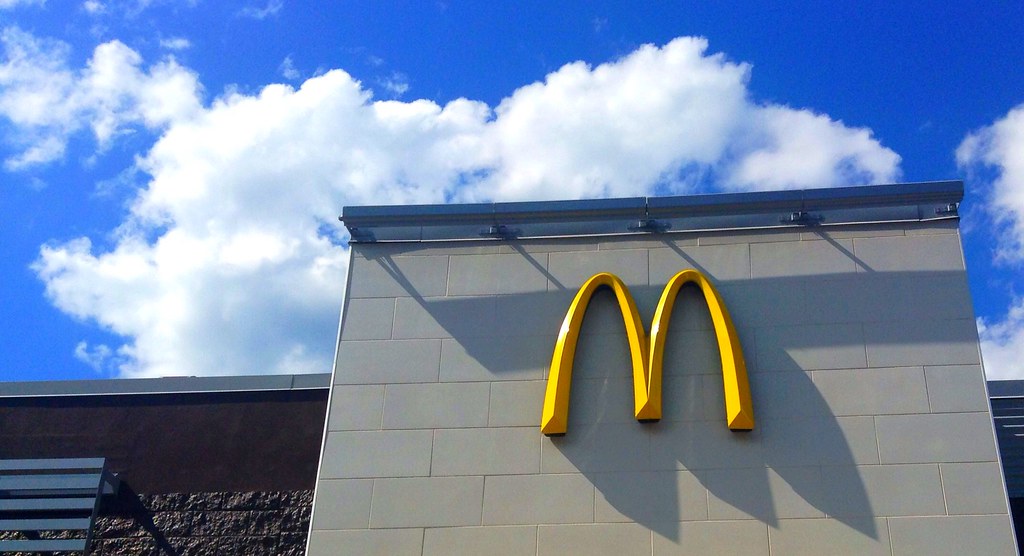
McDonald’s, the global fast-food titan, has successfully navigated a period of persistent economic headwinds, reporting a notable return to sales growth in its latest quarterly results. The company’s strategic emphasis on affordability, coupled with targeted promotional campaigns, has demonstrably resonated with a consumer base increasingly cautious about discretionary spending. This resurgence underscores a critical pivot in its market approach, directly addressing the widespread perception that fast food had, for some, become prohibitively expensive.
For much of the past year, the restaurant chain experienced a discernible dip in consumer traffic, a consequence of the prevailing high inflation and elevated interest rates. This challenging environment led to a segment of its customer base, particularly those with lower incomes, becoming less inclined to spend $10 or more for a standard meal comprising a burger, fries, and a drink. The acknowledgement of this shift by McDonald’s executives highlights a crucial understanding of evolving consumer behavior in a constrained economic landscape.
However, the second quarter, concluding on June 30, presented a significant reversal of fortune for the burger giant. McDonald’s reported a robust 3.8 percent rise in global same-store sales compared with the same period last year. This marked the chain’s biggest jump in nearly two years, signifying a potent rebound. The primary impetus for this global surge originated from its crucial United States market, which recorded a substantial 2.5 percent increase in same-store sales.
This domestic performance is particularly noteworthy, as it effectively reversed two consecutive quarters of declines in the U.S., a remarkable turnaround from a steep 3.6 percent drop in the preceding quarter, which had been the worst since 2020. The company’s ability to outperform its quick-service restaurant rivals in both same-store sales and comparable traffic underscores the efficacy of its renewed focus on value and strategic marketing initiatives. Global revenue for the chain, encompassing fees from its vast network of franchisees, increased by 5 percent from a year earlier, reaching an impressive $6.8 billion.
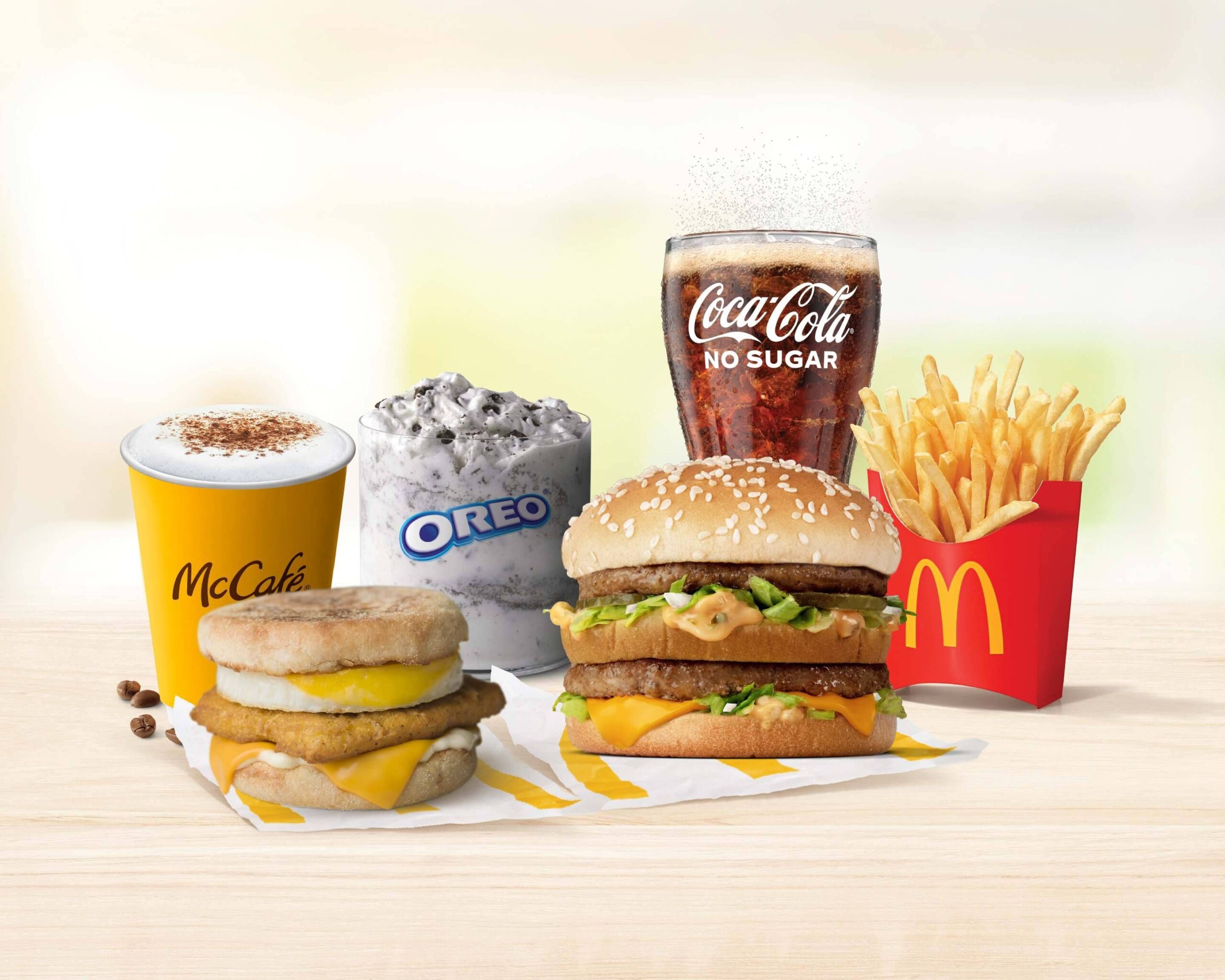
This financial uplift extended to the company’s profitability. McDonald’s reported that profit ascended by 11 percent, culminating in $2.2 billion for the quarter. Earnings per share, adjusted for various items, reached $3.19, surpassing analysts’ expectations of $3.15. The reported revenue of $6.84 billion also exceeded the Wall Street consensus of $6.7 billion, signaling a healthier financial trajectory. Such figures highlight a well-executed strategy that directly addressed consumer price sensitivity, a key determinant in restoring confidence and driving traffic.
The core of McDonald’s successful re-engagement with its customer base lay in its reintroduction and expansion of lower-priced meal offerings. The $5 meal deals, initially introduced last summer and subsequently extended, proved to be a highly effective incentive. Complementing this, the return of popular snack wraps, priced at an accessible $2.99, further propelled sales upward. Company executives noted that early results from the snack wraps were encouraging, and franchisees have collectively voted to maintain this promotional price through the end of the current year.
Beyond these value-centric offerings, McDonald’s strategically leaned into a series of new and impactful promotions. A significant tie-in meal, launched in April, was synchronized with the release of a movie based on the popular Minecraft game. This initiative, described as the chain’s largest marketing campaign ever, was implemented across 100 markets, demonstrating its broad reach and strategic importance. The promotion included both a Happy Meal for children with themed toys and an adult meal, capitalizing on the movie’s appeal, which grossed nearly $1 billion worldwide.
Adding to its revitalized menu, the company also launched McCrispy Chicken Strips in May, integrating them as a permanent menu item. These strategic additions and promotional tie-ins collectively contributed to a compelling value proposition that enticed customers back. The combination of established value favorites and novel, limited-time offers created a dynamic menu that captured consumer attention and spending.

The emphasis on affordability was a direct response to a stark reality within the fast-food sector. McDonald’s chief executive, Chris Kempczinski, candidly addressed Wall Street analysts and investors, stating, “Too often, if you’re that consumer, you’re driving up to the restaurant and you’re seeing combo meals could be priced over $10, and that absolutely is shaping value perceptions.” He further acknowledged a negative consumer view of pricing, asserting, “We’ve got to get that fixed.” This executive transparency underscored the urgency of recalibrating pricing strategies to align with consumer expectations.
Executives identified a continued trend of lower-income consumers reducing their visits. Across the U.S. fast-food industry, visits by this demographic dropped by double digits in the quarter, as they remained particularly vulnerable to the ongoing high inflation and interest rates. Kempczinski emphasized, “Reengaging the low-income consumer is critical, as they typically visit our restaurants more frequently than middle- and high-income consumers.” This highlights the strategic imperative of retaining this core customer segment for sustained growth.
Despite the improved performance, the company maintains a cautious outlook on the overall near-term health of the U.S. consumer, a sentiment encapsulated by Kempczinski’s observation of a “bifurcated consumer base.” This nuanced understanding of varying economic pressures across income brackets informs the company’s ongoing strategic planning, ensuring adaptability in a fluctuating economic environment. The focus remains on continually understanding and responding to these shifting consumer dynamics.
One specific area where the dip in visits was most pronounced was breakfast offerings. Executives noted that breakfast represents the most “economically sensitive” time of a consumer’s day. As Kempczinski explained, stressed customers can easily decide to “either skip breakfast or choose to eat breakfast at home.” This insight directs McDonald’s to consider specific strategies for the breakfast segment, recognizing its vulnerability to economic pressures and consumer choices.
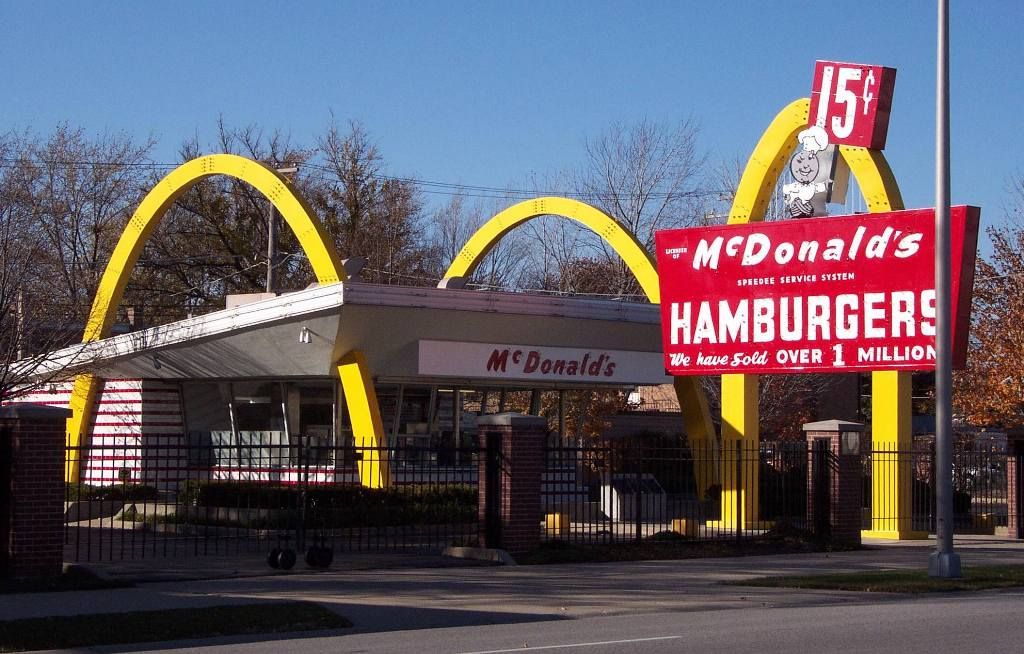
Beyond current promotions and core menu adjustments, McDonald’s is also actively exploring new avenues for growth and profitability, particularly in the beverage sector. The company is currently testing a variety of cold coffees, fruity refreshers, crafted sodas, and energy drinks across 500 of its restaurants. Should these tests yield positive results, the company anticipates a broader rollout of these new offerings across its U.S. locations.
This strategic push into beverages is underpinned by a clear understanding of market dynamics. Kempczinski articulated the significant potential, stating, “It’s a really large market opportunity,” adding that “It’s growing, and it’s more profitable than food.” This focus on high-margin beverage categories signals a long-term strategy to diversify revenue streams and enhance overall profitability, moving beyond traditional food items.
The company is also preparing to launch a new “McDonaldland” meal next week, designed to appeal to nostalgic adults, complete with a mystery-flavored shake. Furthermore, following the closure of its CosMc’s spinoff, McDonald’s plans to revamp its beverage options under the CosMc’s banner at 500 McDonald’s locations starting in September. These initiatives collectively underscore a commitment to innovation and attracting a broad spectrum of customers, from value-conscious diners to those seeking novelty and nostalgia.
A delicate yet crucial aspect of McDonald’s operational strategy involves its extensive network of franchisees. Approximately 93 percent of its restaurants worldwide are owned and operated by individual business owners. While the corporation desires lower or even uniform pricing across a country, it is the franchisees who directly bear the rising expenses of labor, food, and other operational costs, in addition to fees paid to McDonald’s for the right to operate their restaurants.
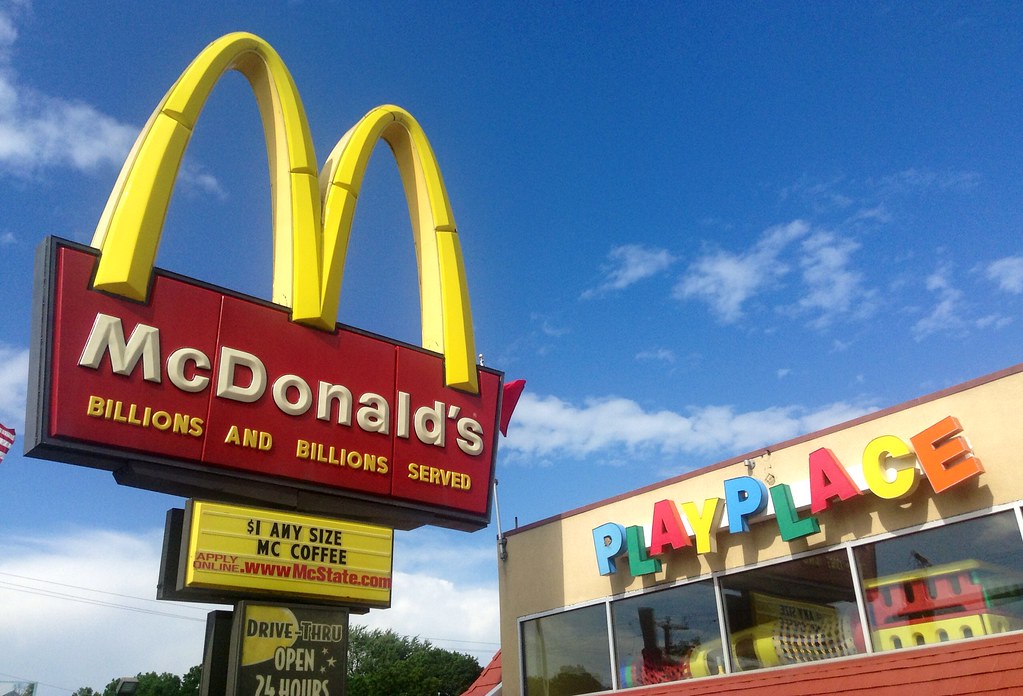
This dynamic necessitates ongoing conversations and collaborative efforts between the corporate entity and its franchisees. Kempczinski acknowledged the importance of this alignment, stating, “I think there still is absolutely a need and a benefit for having nationally advertised price points.” This reflects a desire for a consistent value message across the brand, even while respecting the autonomy of individual franchisees to manage their local cost structures and market conditions.
Internationally, McDonald’s demonstrated even stronger demand for its flagship products like Big Macs and french fries. International sales constitute a significant portion of the chain’s revenue, generating nearly 60 percent. The international operated markets segment, which includes Canada, Australia, and a substantial portion of Europe, reported a respectable 4 percent growth in same-store sales from a year earlier. This performance was bolstered by the efforts of franchisees in Europe, who were praised for their endeavors to maintain menu prices at levels that would continue to attract customers, even as the price of beef in Europe rose by 20 percent over the past year.
In other international markets, specifically the developmental licensed division encompassing China, Japan, and the Middle East, McDonald’s reported an impressive 5.6 percent rise in same-store sales from last year’s levels, with Japan leading this growth. Kempczinski noted that the international market environment is “not as competitive a market as it is in the U.S.,” which he believes makes it “a little bit easier for us to stand out and represent good value in international.” This competitive landscape contributes to the brand’s robust performance in these regions.
Despite previous concerns regarding growing negative sentiment in some international markets towards American brands due to certain U.S. policies, McDonald’s international business appears to have remained largely unaffected. Executives noted improvements in McDonald’s value and affordability scores from consumers in key international markets, indicating that their strategies are resonating globally. The introduction of new menu items, such as the Big Arch sandwich in France and Britain, further demonstrates the company’s adaptability to regional tastes and preferences.
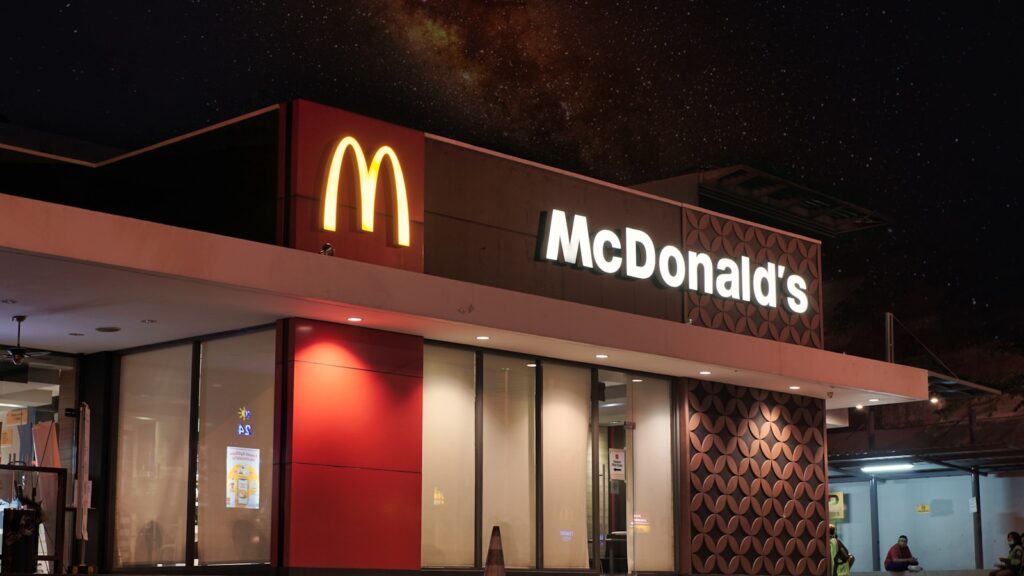
Looking ahead, McDonald’s executives anticipate even stronger results in the second half of the year. This optimism is partly driven by the expectation of facing easier comparisons in the fourth quarter, particularly in contrast to the fallout from last year’s E. coli outbreak, which had a negative impact on demand. This forward-looking perspective, combined with the successful strategies implemented in the second quarter, paints a picture of a company strategically poised for continued recovery and growth.
McDonald’s recent financial performance signals a powerful resurgence, meticulously orchestrated through a focused strategy on value, innovation, and an acute understanding of consumer economic realities. The company’s capacity to swiftly adapt its offerings and marketing to address consumer sentiment around pricing, while simultaneously navigating the complexities of its vast franchisee network and diverse international markets, is commendable. As the golden arches continue to shine brightly, their renewed luster is a testament to strategic agility and an unwavering commitment to affordability, ensuring that the iconic brand remains a beacon of accessible dining in an ever-evolving global economy. The journey ahead remains vigilant, but the foundation for robust, sustained growth has been firmly re-established.



